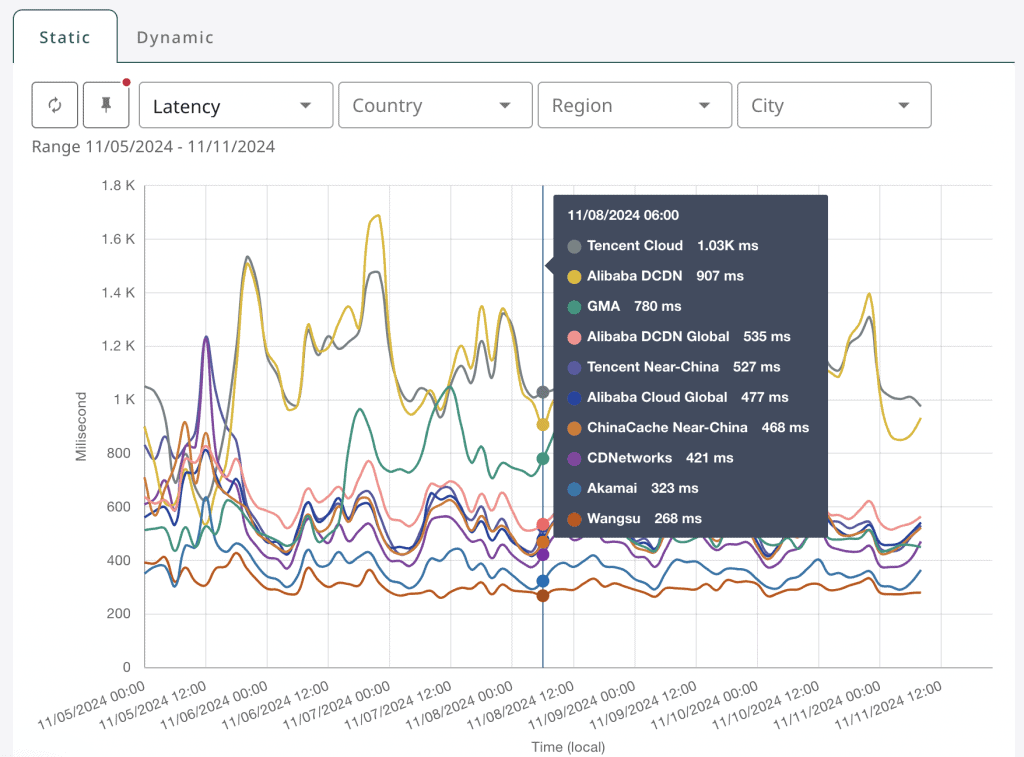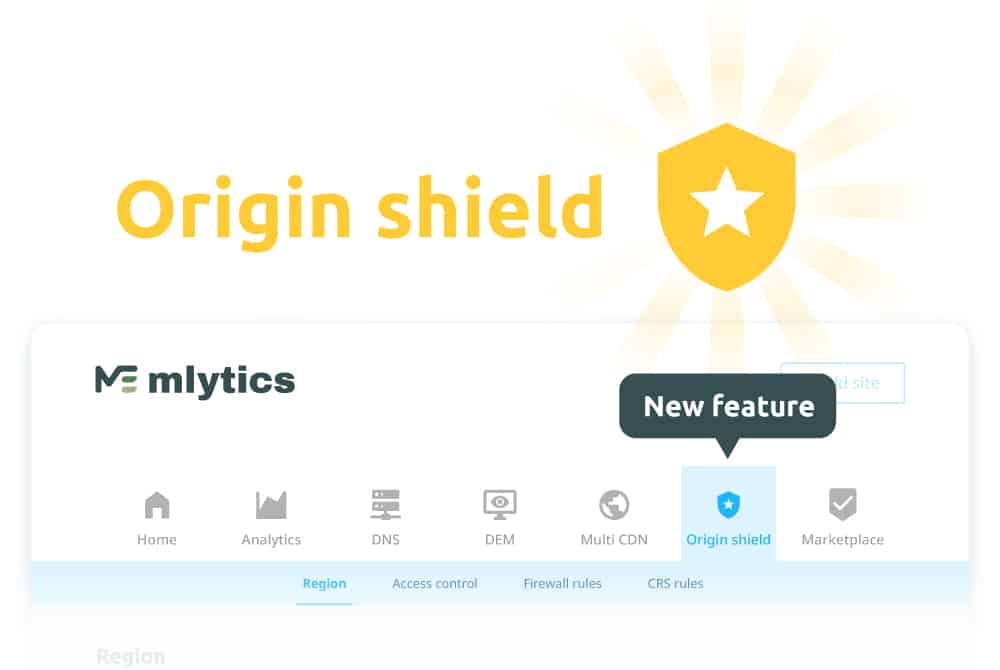The global gaming market is experiencing a gold rush, with Chinese games making particularly impressive strides overseas. Since the launch of the “Black Myth: Wukong” game in August 2024, it has garnered attention and downloads from players worldwide. Moreover, top domestic game publishers such as Tencent Games, 37 Interactive, and NetEase are actively diversifying their portfolios with mobile and PC games, aiming to enhance the overall competitiveness of Chinese games on the global stage.
However, we’ve observed that the growth opportunities for games going global began to enter a period of steady development in 2022, with the pace of growth slowing down and the cost of user acquisition continuously rising. The enthusiasm for overseas expansion fluctuates with the release of new types of games. Some analysts even acknowledged that the era when “Chinese games could easily succeed overseas” is gone. So, what challenges does the industry of Chinese games going global face, and how can it achieve breakthroughs?
The Digital Silk Road: A New Journey for Chinese Games in the Global Market
Although the golden age of Chinese games going global has passed, and the actual sales revenue of self-developed games by Chinese companies in overseas markets has decreased by 5.65% to $16.37 billion, the overseas revenue of leading companies still shows strong competitiveness. According to data.ai, in 2023, driven by the phenomenal games “Genshin Impact” and “Honor of Kings,” both miHoYo and Tencent have reached $1 billion in overseas revenue, with 37 Interactive following closely with nearly $900 million in overseas revenue.
A closer look reveals that the majority of these revenues come from mobile games. The key is due to their relatively short development cycles and lower investment costs. If you look at the Chinese domestic market, the revenue from the domestic mobile game market is ten times higher than that of PC games. Therefore, in the short term, as the trend towards casual and mid-core games continues, mobile games will remain the preferred choice for users.
Thus, Chinese games going global must develop new business models to break through existing bottlenecks. For instance, the rise of gaming communities offers new opportunities. Players can share information online, seek strategies to overcome challenges, and quickly level up or obtain rare items. Monetization through live streaming and short videos within gaming communities, as well as account and item trading, can create additional revenue streams beyond the game itself. The most classic example is “Honor of Kings,” which has maximized the functionality of gaming communities, grasped the consumer dependency on the game, and thus secured a favorable position in the fierce market competition. By adopting these innovative business models, Chinese game companies can not only maintain their competitiveness in overseas markets but also find new growth points in the ever-changing market.

Multidimensional Challenges: Adaptation and Innovation of Chinese Gaming Companies in the Global Market
Driven by new business models, the immediate delivery of content has become crucial. When new titles are released and face a surge in player downloads, gaming companies expanding overseas must have the capability for rapid network response to meet players’ high standards for an ultimate experience. A real case is that a major gaming client in China who wants to go global has partnered with Mlytics to not only achieve technological breakthroughs but also innovate in business models. This, in turn, helped companies successfully expand into overseas markets and effectively stimulate downloads and monetization capabilities.
This client is an expert in designing multiplayer mobile battle games in China. Through the partnerships with distributors and channels, this client has promoted the game to South Korea, Japan, and Southeast Asian countries. By building its own game studio from the outset, this large game developer has achieved full control from distribution to traffic attraction. With a well-designed game interface, public exposures and traffic attraction technology, the company has successfully established its brand in overseas markets. Despite the continued growth potential in the domestic gaming market, technical challenges remain severe in the face of fierce market competition.
In serving gaming clients going global, Mlytics has conducted an in-depth analysis of common pain points in the gaming ecosystem, including but not limited to network latency, payment system compatibility, localization of content, and cross-cultural marketing strategies.
Technical Aspect
Facing a large number of download requests during peak hours, gaming companies going global must ensure their servers can withstand high traffic pressures to avoid game lag and ensure the player experience remains unaffected. At the same time, game malls and micro-transactions, as the main sources of profit, highlight the importance of network security, which must guard and defend against malicious cyberattacks to protect player data and transaction security.

Advertising Aspect
Mobile game advertising typically relies on large mobile advertising networks or advertising traffic drivers to attract users to download. However, the revenue-sharing mechanisms of these advertising platforms may not always align with the interests of game manufacturers. Data shows that in the first quarter of 2024, approximately 36,000 mobile game apps were advertised in overseas markets, an increase of 25.8% year-on-year. This demonstrates that advertising remains an important strategy for games going global. However, with the rise in advertising costs and the increasing difficulty of user acquisition, game manufacturers need more refined advertising strategies and more efficient advertising channels to ensure that advertising investments lead to corresponding user growth and revenue.

Payment Aspect
For overseas gaming companies in terms of payment solutions, they need to fully consider the payment preferences of players from different countries and manage cash flows uniformly. In addition to supporting various payment methods to meet the needs of users in different regions, they also need to pay attention to factors such as payment success rates, costs, security, and compliance. Research shows that surveyed companies cooperate with two or more payment service providers, and 60% of gaming companies have more than three payment channels. Moreover, with the multi-platform development trend of games, three payment channels are gradually becoming a “must-have” for gaming companies, requiring payment platforms to provide more balanced and comprehensive solutions to meet the needs of gaming companies.

These challenges require companies going global to have not only strong technical capabilities but also flexible market adaptability and in-depth understanding of local markets. Through continuous technological innovation and business model exploration, Chinese gaming companies are expected to occupy a more favorable competitive position in the global market.
Therefore, after fully understanding the pain points of this client going global, Mlytics immediately arranged corresponding technical support and deployed high-quality CDN routes to enhance the speed performance and security requirements of the gaming company in the designated overseas areas.
Optimizing Global Connectivity: Technological Expertise Bolsters the Overseas Expansion of Games
As the game’s launch approached, the client swiftly initiated a proof-of-concept technical test with the expert team at Mlytics, aiming to address the lag issues on the game application side. Our actual test results revealed that the client’s network connection speeds within China were less than satisfactory, with latency exceeding 500 milliseconds. Therefore, after a comprehensive assessment, we recommended the deployment of Tencent’s China RIM CDN, leveraging Mlytics’s unique China Access solutions to ensure network connection quality within China and provide players with high-quality connection speeds.

Beyond meeting the needs of domestic mobile game players, the game’s performance overseas also required enhancement, especially in the Southeast Asian region, where players expressed dissatisfaction with connection stability and reliability. After evaluation, we decided to have this client adopt Akamai CDN to establish stable connection speeds in player-dense areas such as Southeast Asia, South Korea, Europe, and Latin America.
Following the technical deployment, Mlytics has helped the client achieve the following significant technical outcomes, accelerating global transmission:
- Connection speeds increased by 200%, significantly reducing latency to less than half.
- The enhancement in product value led to game user growth, while reducing user acquisition costs and marketing expenses, driving revenue growth.
- The company replicated its original technical success model, with future games expanding into the Middle East, injecting new momentum into user and revenue growth.
Facing the fierce competition in the overseas game market, as well as multiple challenges at the technical and market levels, game companies must seize the dividends of business growth, combine practical support from Multi-CDN technology, successfully launch games overseas, and open a new chapter globally.
Mlytics will become your core partner for going global, providing technical testing and support, and deploying high-quality CDN routes. Through technological integration and immediate API calls, we offer you an exclusive overseas technology traffic resource package. On the competitive track of game going global, the unique game business model will be innovated through cutting-edge technology with Mlytics.



